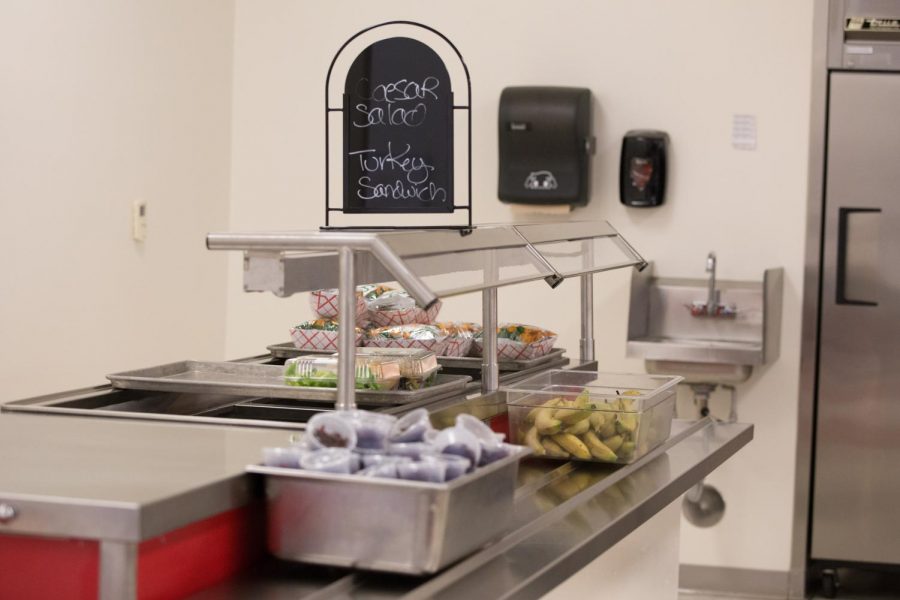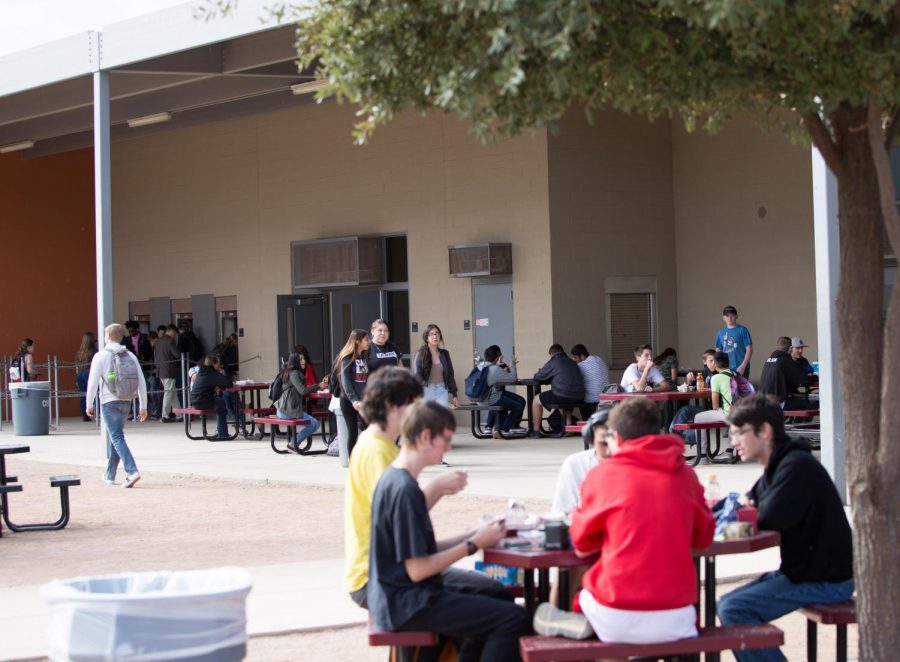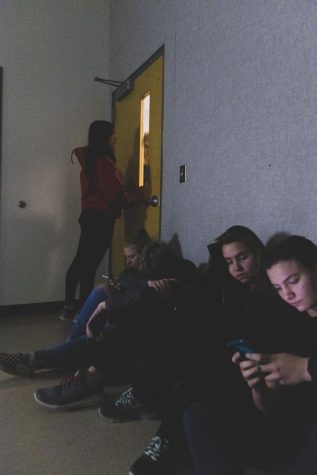Federal Regulations and Lack of Local Restaurants Restrict off Campus Lunch Options
Many students and parents on the Combs campus have spoken about possibly having an open lunch or allowing vendors on the campus. However, it may not be as simple as that.
With open lunches and vendors on campus, there are multiple obstacles to be considered.
Unless the area surrounding Combs becomes urbanized, the option for open campus remains slim. Open campus not only allows the possibility for accidents surrounding the school, but with the closest restaurant being Filiberto’s at 3.5 miles away from the school, driving to a fast food establishment takes time that many students simply don’t have.
Both Assistant Principal Miller and Comb’s food service supervisor Jennifer Roorda expressed that the accountability of students would be tested with open campus.
“Typically speaking, I think open lunches should be a privilege for upperclassmen,” Miller said. “In which I would probably do something like restrict open campus specifically for junior and senior students with a minimum GPA requirement and graduation track requirement form.”
Roorda also stated that many students would take advantage of the open campus and use it to ditch school.
Vendors are the second option for lunch opportunities.
“A lot of people don’t think about this, but there’s actually federal laws that restrict what we can have and what we can offer,” Miller said.
The Healthy-Hunger Free Kids Act (HHFKA) of 2010 has certain regulations that must be followed in schools. It requires national school lunch programs to be compliant with meal patterns and nutrition standards.
Roorda gave some insight into a more ethical approach of vendors, as well, stating that allowing vendors on campus have the potential to discriminate against students who qualify for free or reduced lunch.
The food options for vendors are also slim.
“There weren’t these laws when I was in high school, so when I was there we had a Taco Bell window on our campus,” Miller said. “That would never fly now because Taco Bell isn’t deemed healthy food.”
This provokes the question: what qualifies as “healthy food” in a school setting?
The school meal standard requires that there be a right balance of fruits, vegetables, low-fat or fat-free milk, whole grains and lean protein with every meal, stated School Nutrition.
The snack regulations were also updated to make sure that all foods and beverages sold during school hours would be healthy. HHFKA set the standard for snacks (or “competitive foods”) to also have to follow nutrition standards.
Despite a la carte lines and vending machines already being deemed “competitive”, vendors are also considered competitive.
Roorda explained that because of this, vendors wouldn’t be allowed to sell during school lunch hours, only 30 minutes before or after lunch.
Despite all the obstacles, open campus may still have a chance.
“I’m not against the idea of an open campus lunch,” Miller said. “I think it would be very difficult to pull of at Combs High School because there aren’t a lot of food options here, which given the length of our lunch, it would probably make it a bad idea here. If there were dining establishments across the street or on the corner of Germann and Ironwood got filled up, I think it’d definitely be something that we could look into.”









